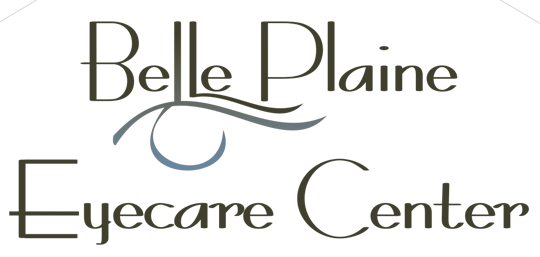Flex spending might be one of the best benefits that many employees receive, yet they don’t know about the savings! If you have flex spending benefits, or aren’t sure if they are available to you, talk to your employer. You may be missing out on savings that could be going toward your family’s health.
Q: Do I qualify for flex spending benefits?
A: Flex spending may be offered by your employer. Talk to someone at your workplace who is in charge of benefits to learn more.
Q: What is flex spending good for?
A: Flex spending covers lots of services and products related to your health. You have to check with your employer about your specific benefits, but most flex spending plans will allow flex dollars to be spent on various types of vision care, glasses (including readers, prescription sunglasses, and prescription eyewear), contacts and contact lens supplies, many kinds of over-the-counter items as well as prescription medications, other kinds of medical equipment and health aids, and more. You may even be able to use flex dollars towards counseling, programs to help you stop smoking, and training or classes to help you and your doctor improve your health.
Q: How does flex spending work?
A: An amount of money comes out of each paycheck and is deposited into your flex spending account. These funds are saved, usually for a specified amount of time (generally a calendar year), until you spend them on an approved purchase.
Q: How does this save me money?
A: The catch is that the money comes out of your earnings before taxes are taken out. It may not seem like much, but these savings really add up! If you are putting $50 per paycheck into your flex spending account and are usually taxed about 25% for income tax, you’re saving $300 per year that you otherwise would have paid in taxes. Sure, you are limited to spending this money on healthcare, but if you normally pay co-pays, buy at least one new pair of glasses, medication, allergy or other over-the-counter drugs, pay co-insurance, or any other purchase eligible for flex spending, you could be saving money toward those purchases.
Q: How much can I save up?
A: Most of these accounts allow you to save up to $2,550 for flex spending purposes. This means you potentially have $2,550 that you can divert from your income to this account and save whatever you would have paid in income tax.
Q: Do they roll over?
A: No. This is the biggest detail that you need to know! Flex spending dollars do not roll over to the following year. You have to use them or else they are erased.
Speak to one of our eye care professionals today to learn more about how to use flex spending on necessary eye care.

